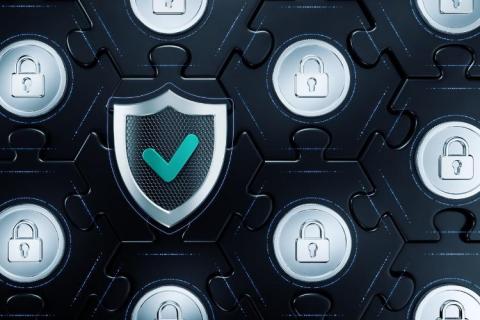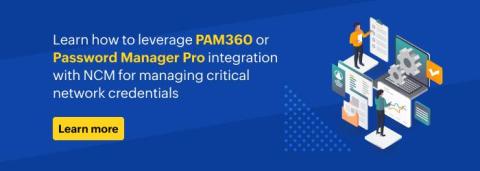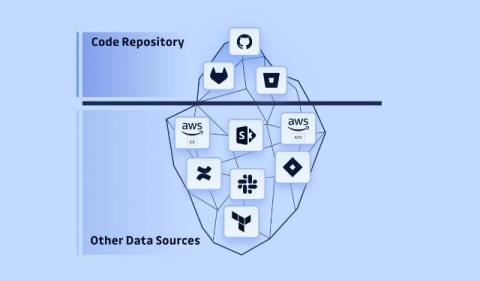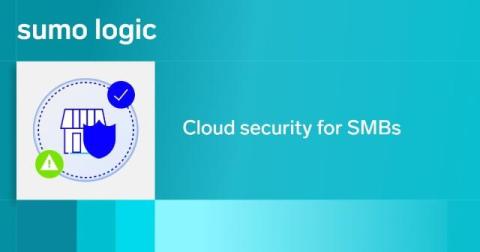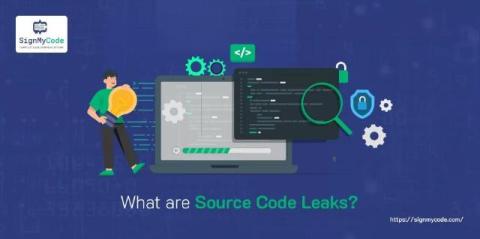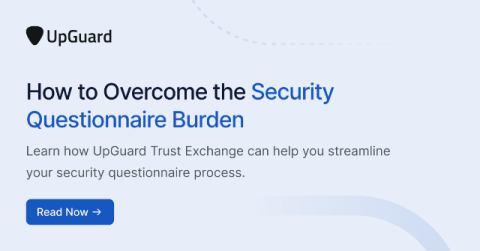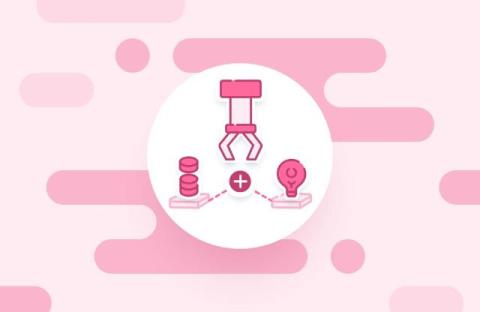Common Pitfalls in SOC 2 Compliance and How to Avoid Them
I'm going to show you how to avoid the most common pitfalls in SOC 2 compliance. You'll be able to streamline your compliance process, ...without the stress of failed audits, endless documentation revisions, or expensive delays that could jeopardize key contracts. Mastering these strategies gives you a competitive edge, allowing you to breeze through the SOC 2 audit while others struggle with costly mistakes and missed deadlines.



